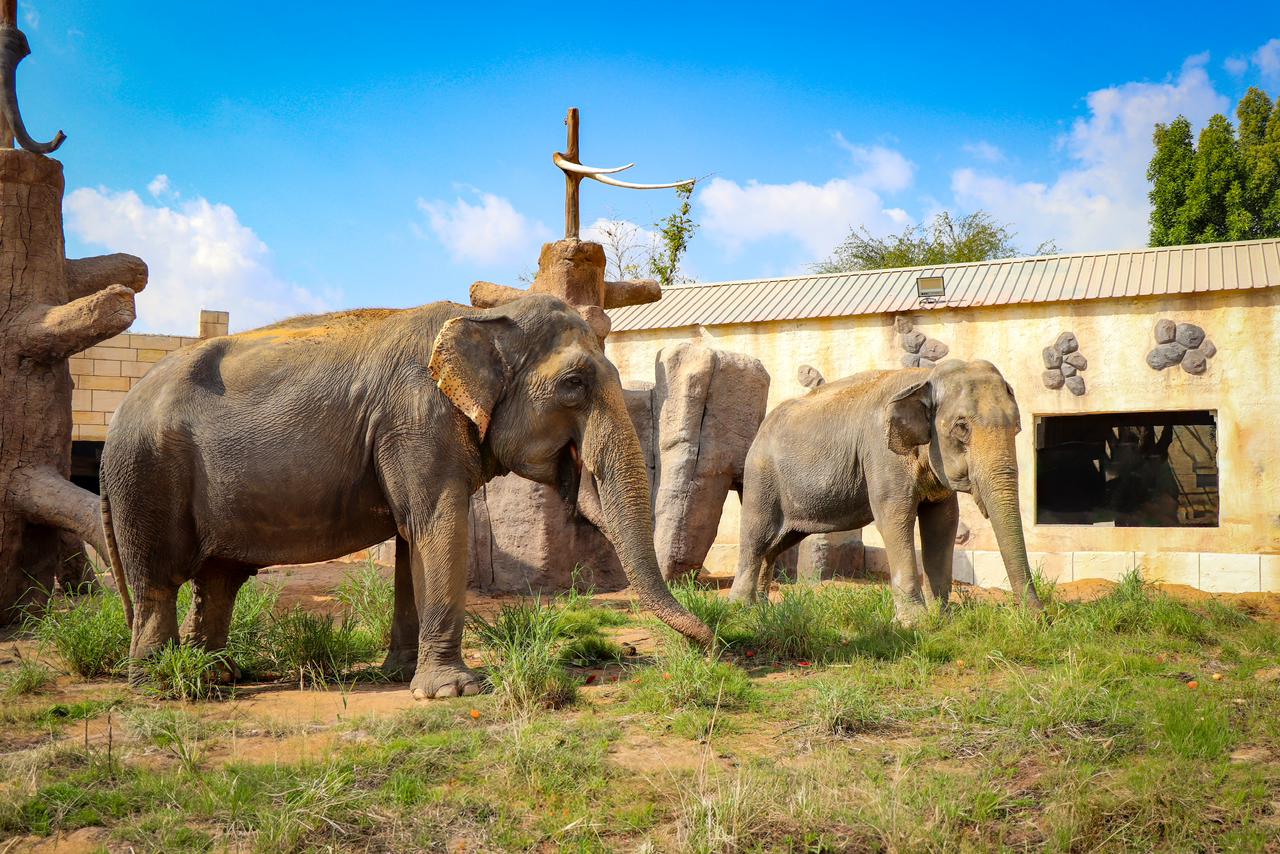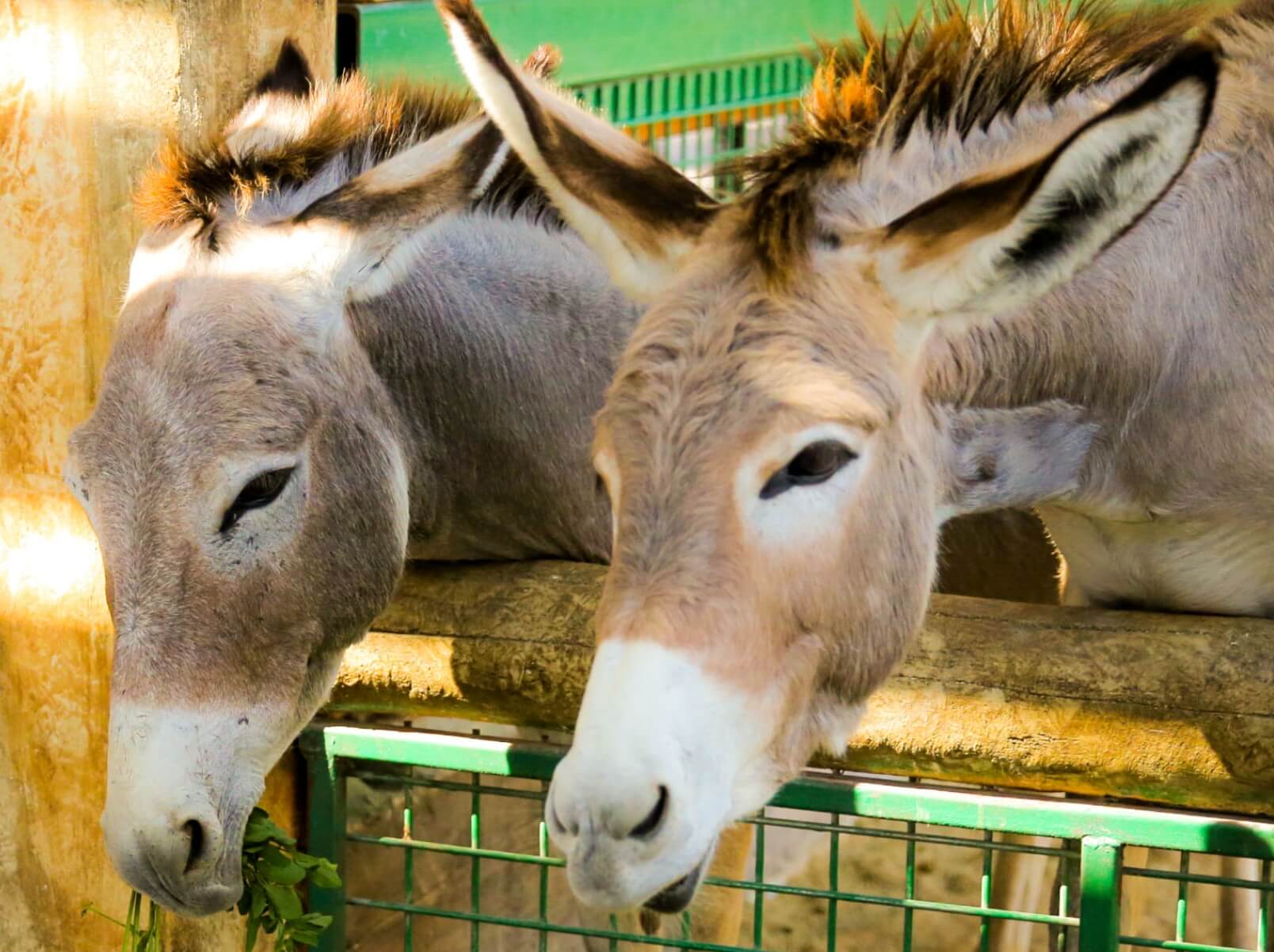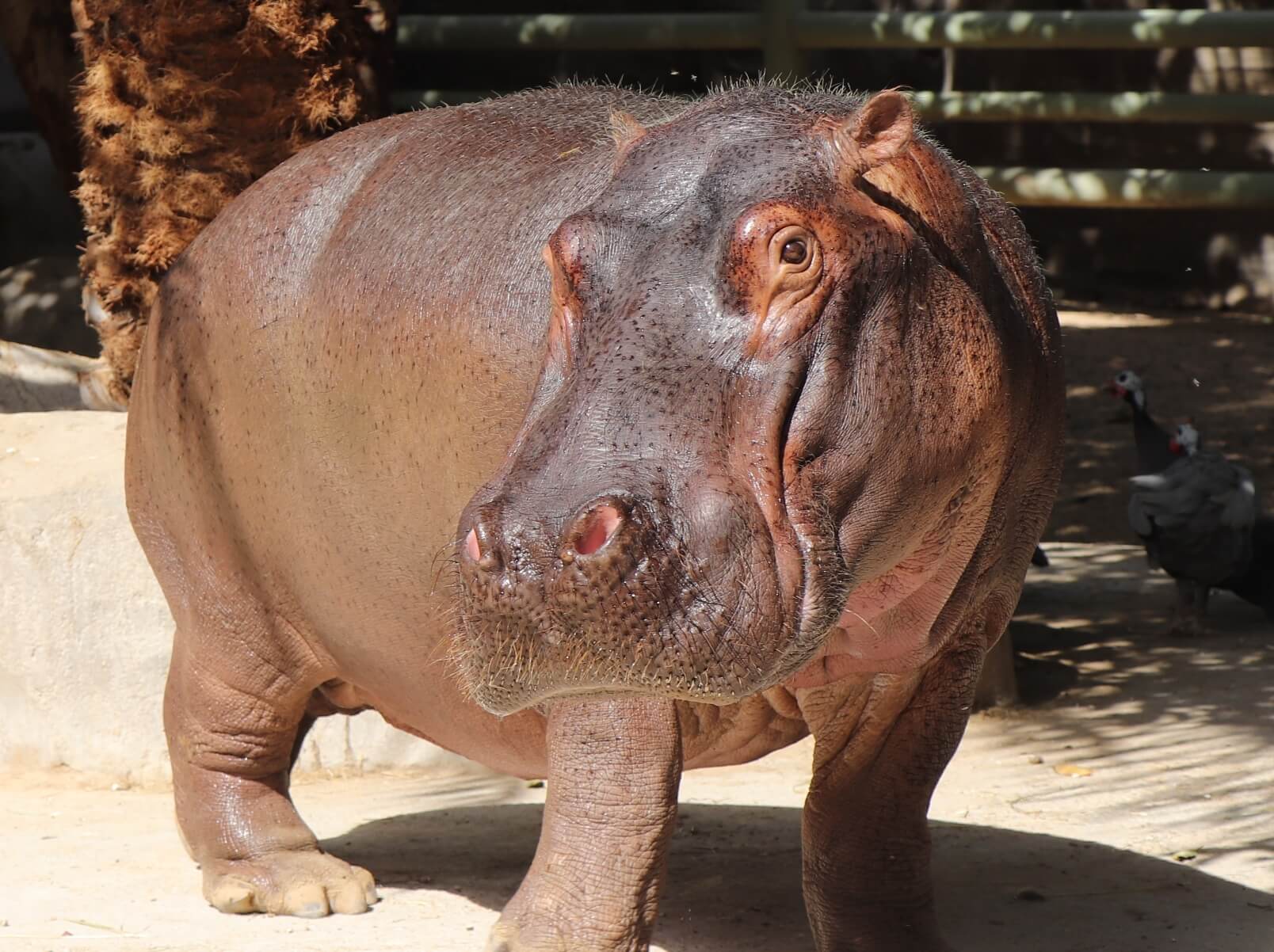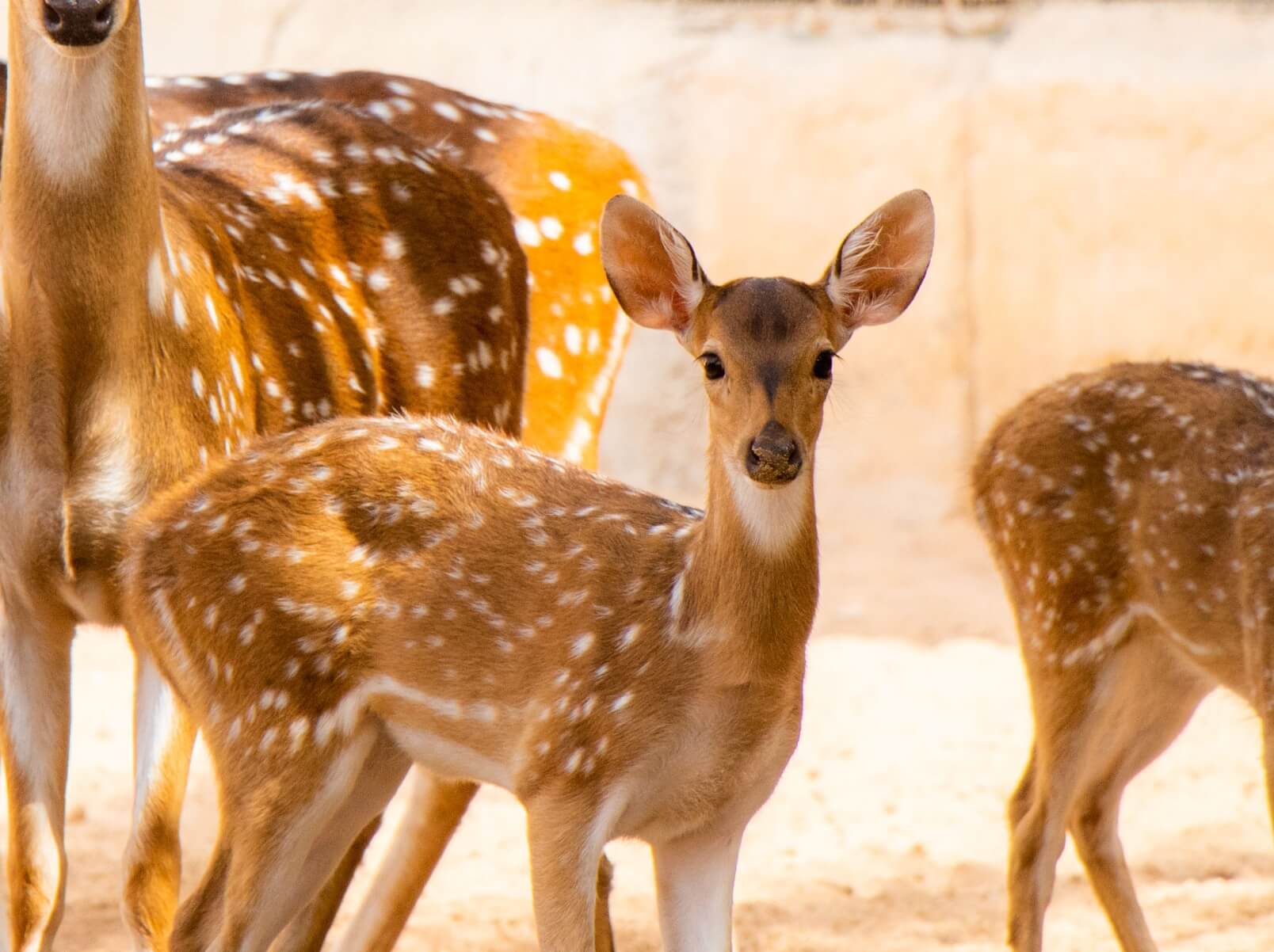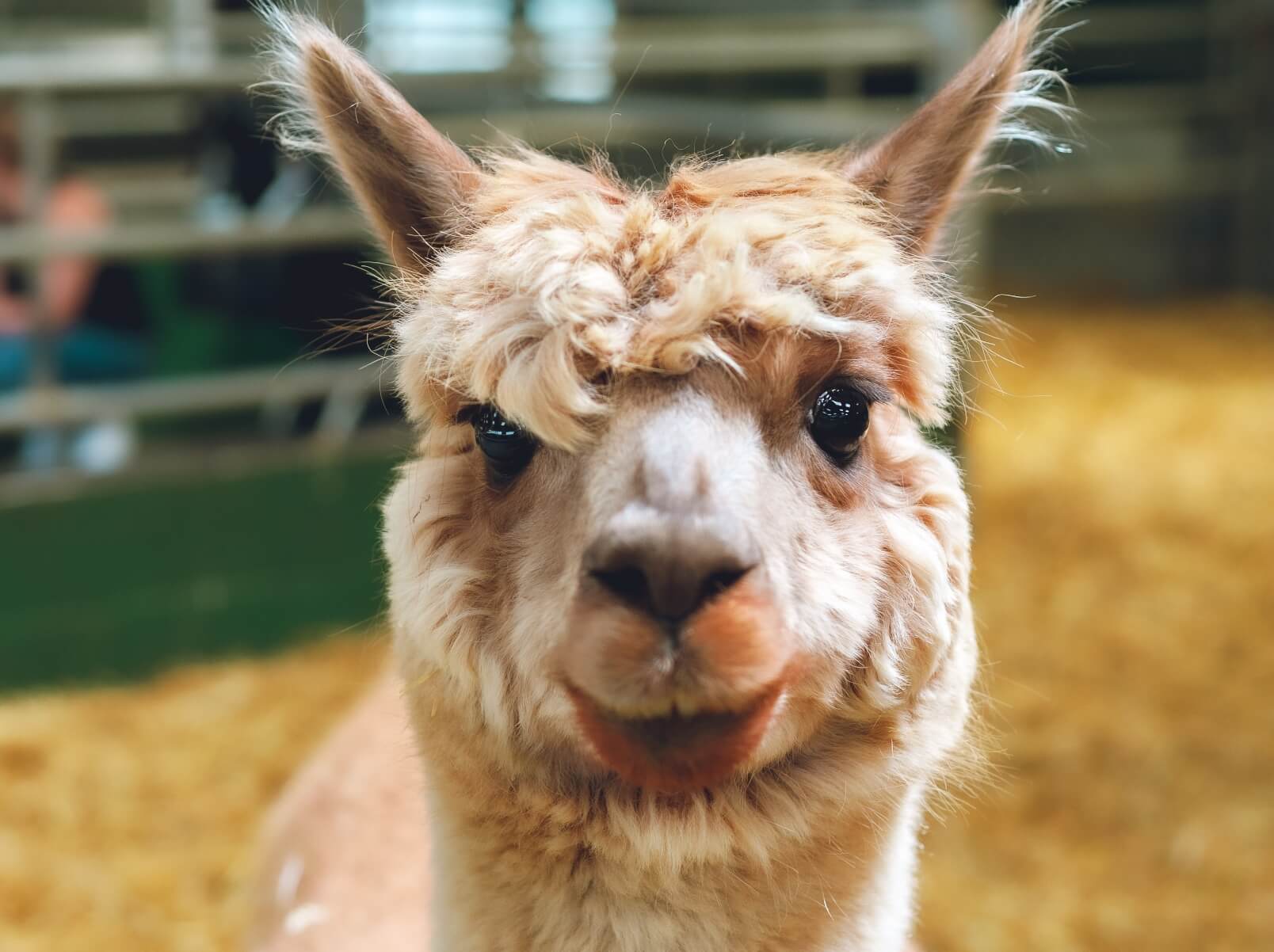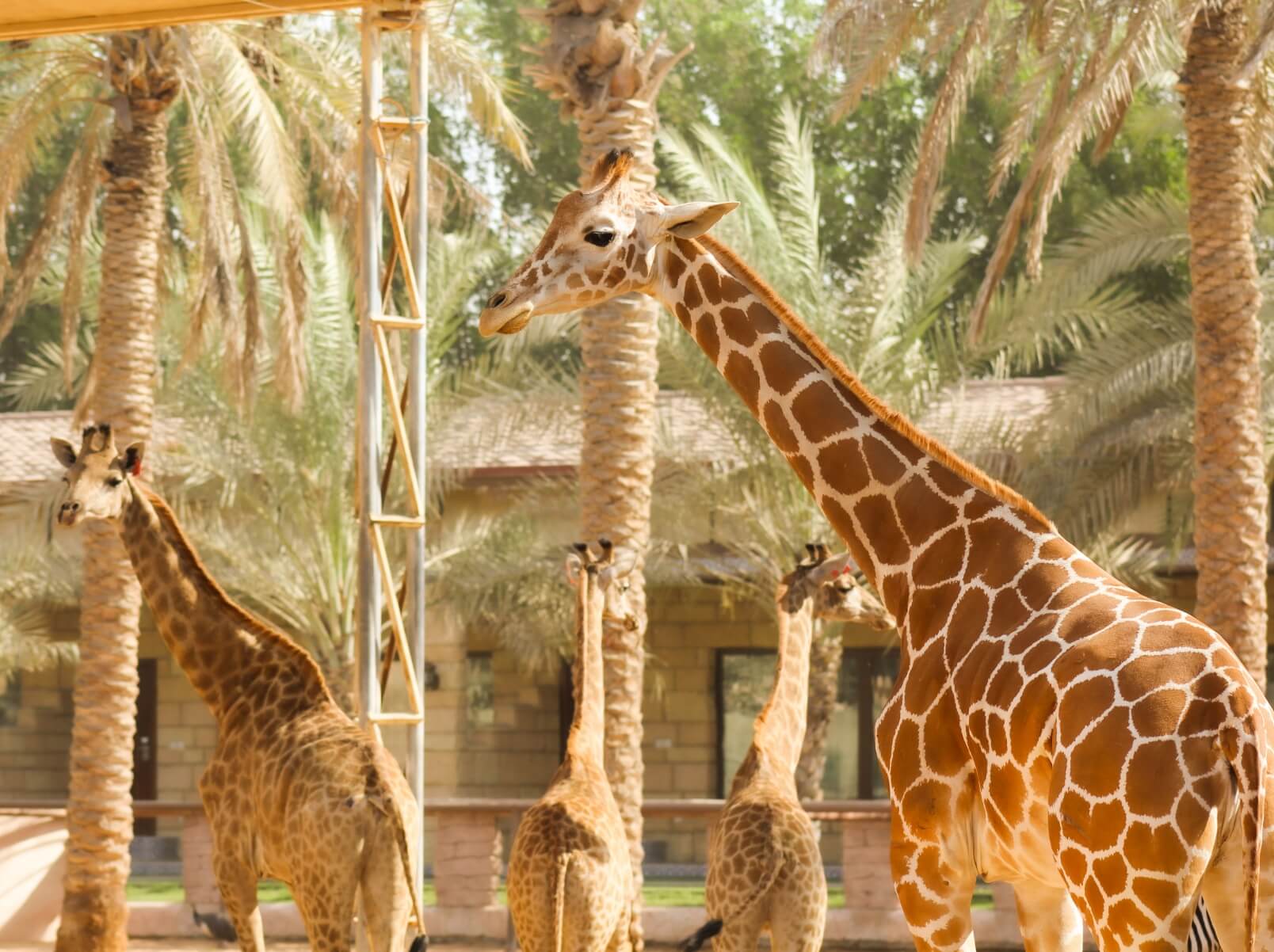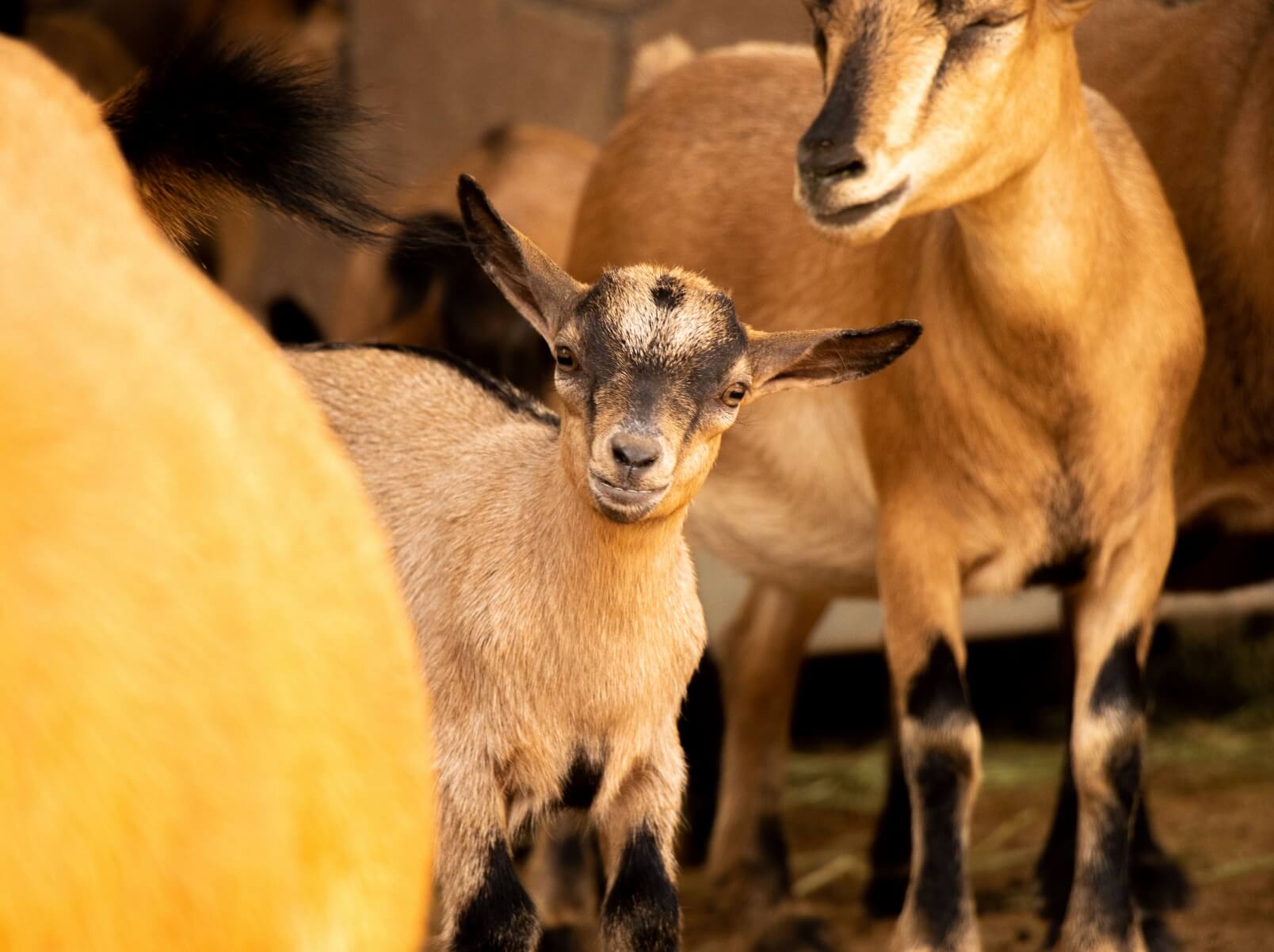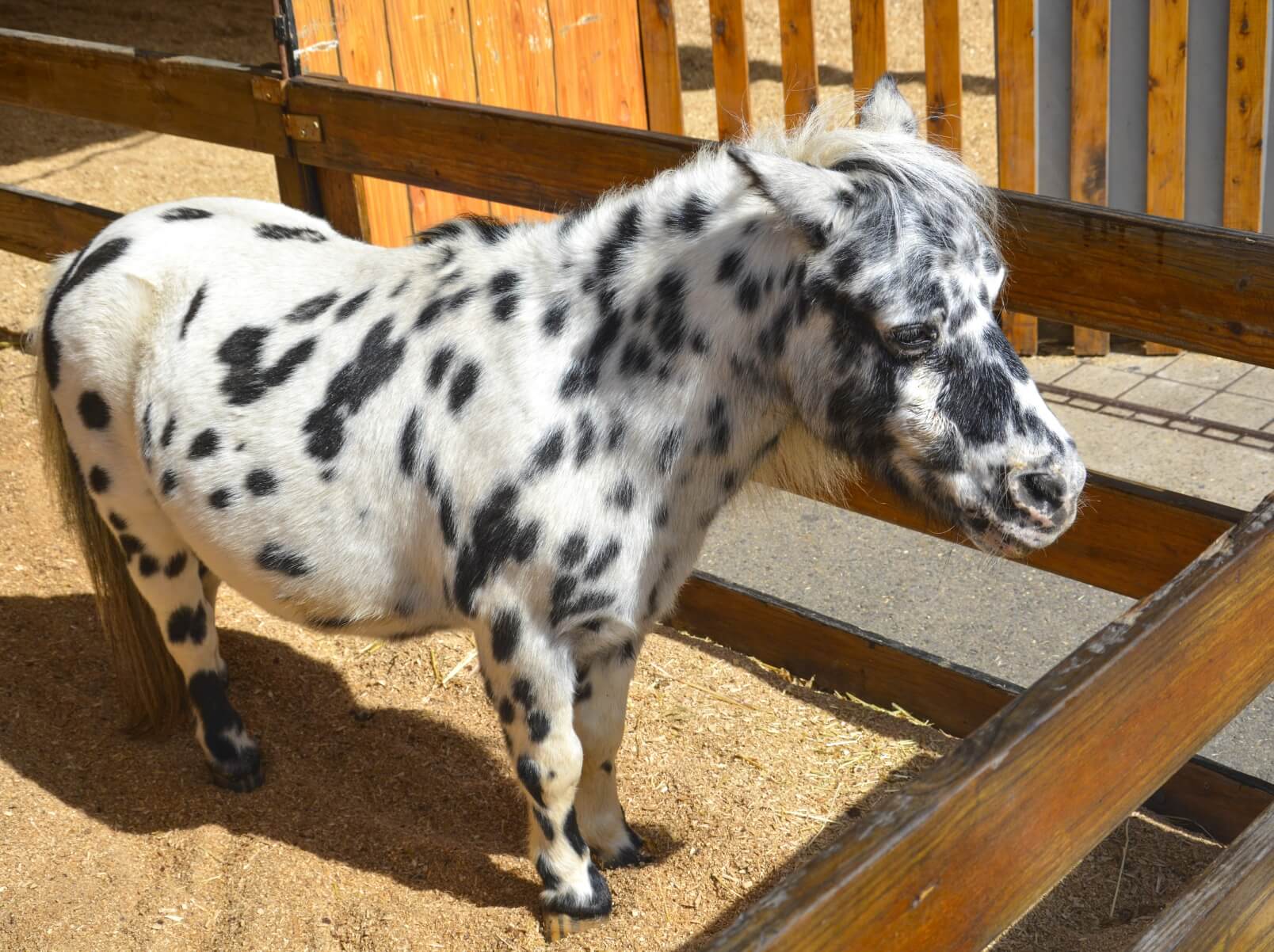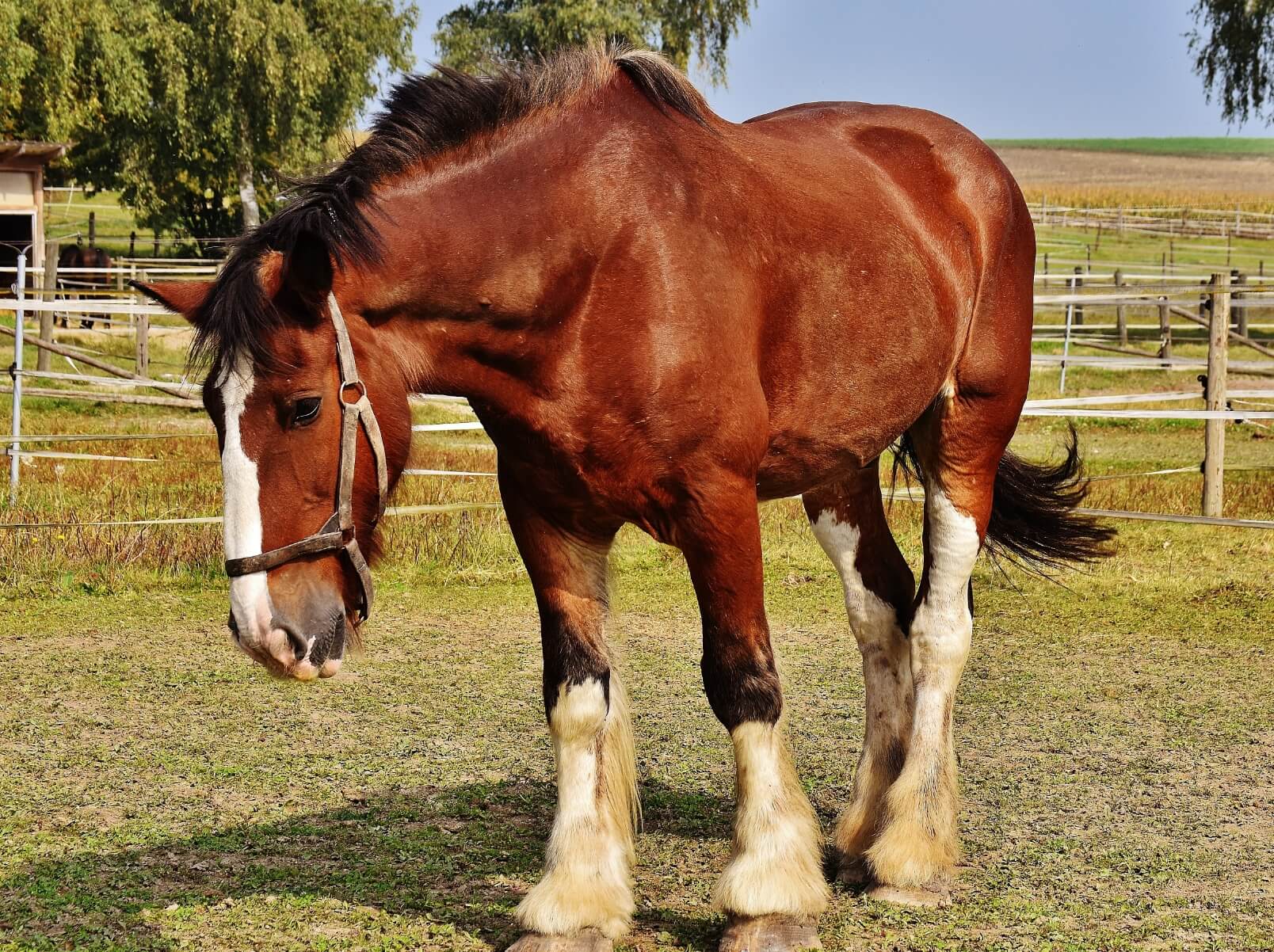INTERESTING FACTS
There are three different species of Zebra: Plains Zebra, Mountain Zebra, and Grevy’s Zebra. Each species has different types of stripes from narrow to wide. Each individual zebra has a unique stripe pattern. Among all zebra species, the Grevy’s zebra is the largest. They have the thinnest stripes, extending all the way down to their white belly on the hindquarters the stripes are vertical until above the hind legs. A mountain zebra has vertical stripes on the neck and torso and a gridiron pattern on the rump. The white underside has a dark stripe that runs the length of the belly and they have a unique dewlap on the throat. The Plains Zebra is the smallest species, and some have a stripe pattern different from all others, brownish “shadow” stripes between the black stripes on their coat.
Zebras have excellent hearing and eyesight and can run at speeds of up to 35 miles per hour (56 kilometers per hour).
Their powerful kick can cause serious injuries to a predator.
Zebras are generally thought to have black coats with white stripes. There are different theories of why the zebras have a striped coat. One of the most plausible is that the stripes make it easier for them to run extremely close to each other in the herd as the individual zebra can measure the distance to its fellows better due to the pattern.
The small family groups of Zebras are called “harems.” These groups consist of one stallion, several mares, and their offspring.
CONSERVATION MESSAGE
Habitat loss, poaching, and disease are the main threats for zebras. Due to the anthrax outbreaks, the Grevy’s Zebra population has been declining drastically. Many conservation groups are working to preserve the population. Safe space for wildlife such as wildlife corridors and promoting sustainable livestock management are some of the conservation efforts to prodtect the Plains Zebras.
Your support can support the conservation organizations by learning about endangered animals and sharing your knowledge about threatened species with others. Eco-friendly practices in every day life -like avoiding littering - contribute majorly to conservation efforts, too.
CONSERVATION STATUS
Near Threatened
LIFE SPAN
Up to 25 years
NATIVE HABITAT
Grasslands of East Africa to the scrubby woodlands of southern Africa
DIET
Herbivore
HEIGHT
About 4.5 feet (1.5 meters) tall
WEIGHT
550 to 7000 pounds (250 kilograms to 300 kilograms)
LENGTH
2.4 - 2.7 m
Related Animals
More Animals

